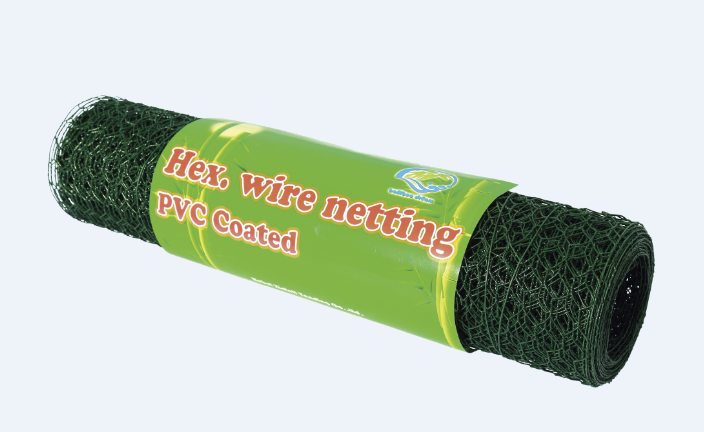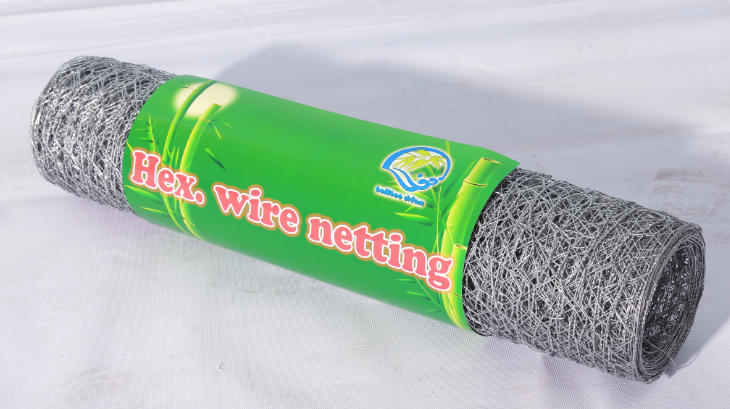Abstract Customs statistics show that the year-on-year growth rate of the national machinery industry in March and January-March has increased, and exports have declined. From January to March this year, the total import and export volume of the machinery industry was 146.381 billion US dollars, down 2.38% year-on-year.
Customs statistics show that the national machinery industry in March this year and January-March cumulative imports have increased, and exports have declined. From January to March this year, the total import and export volume of the machinery industry was 146.381 billion US dollars, down 2.38% year-on-year. The decrease was 2.06 percentage points from January to February (-0.32%), of which exports were 82.108 billion US dollars, up 3.95% year-on-year. ~February (9.27%) fell 5.32 percentage points; imports 64.272 billion US dollars, down 9.43% year-on-year, compared with January-February (-10.81%), the decline narrowed 1.38 percentage points, the cumulative import and export trade surplus of 17.836 billion US dollars.
In March, the total import and export of machinery industry was 54.151 billion US dollars, down 7.04% year-on-year, and narrowed by 4.93 percentage points from the previous month (-11.97%). Of which, exports were US$29.18 billion, down 6.21% year-on-year, down 17.87 percentage points from the previous month (11.66%); imports were 24.971 billion US dollars, down 8% year-on-year, narrowing 23.86 percentage points from the previous month (-31.86%), the trade surplus of the month 4.409 billion US dollars.
In the 13 industries, the year-on-year growth rate of imports was significantly improved.
From January to March, in the 13 major industries of the machinery industry, two cumulative imports increased year-on-year, of which the electrical and electronic industry increased by 2.44 percentage points from January to February, and the growth rate of seven industries was lower than that of January-February. The narrowing of the industry, which narrowed the top three, was construction machinery, heavy mines and other civilian machinery industries, which were 20.75, 4.48 and 3.2 percentage points lower than last month.
In the month of March, among the 13 major industries in the machinery industry, three industries achieved growth. The growth rate of electrical appliances, instrumentation and heavy mining industry turned from negative to positive, with a sharp increase of 31.21, 29.85 and 24.47 percentage points. In 10 industries, the decline was narrowed, and the construction machinery and petrochemical general industries were all narrowed by more than 30 percentage points from February.
Accumulated exports grew faster than imports
From January to March, the cumulative export of machinery industry increased by 3.95% year-on-year, and the cumulative import decreased by 9.43% year-on-year. The export was faster than the import of 13.38 percentage points; in 13 industries, except for the electrical and electronic industry, the export was faster than the import. Among the provinces and municipalities, 22 provinces and municipalities export faster than imports. In terms of imports, 10 provinces and municipalities have achieved positive growth year-on-year. Among them, Qinghai (287.2%), Chongqing (67.86%) and Heilongjiang (56.67%) have the fastest growth in cumulative imports; 21 provinces and municipalities have accumulated The year-on-year growth was negative, with Gansu (-47.74%), Ningxia (-42.71%) and Hunan (-42.44%) having the largest declines.
In terms of exports, 20 provinces and municipalities have accumulated positive growth year-on-year. Among them, the cumulative exports of Tibet (699.2%), Guizhou (297.9%) and Ningxia (157.69%) have doubled year-on-year.
The main trading market is still dominated by Asia
From January to March, the machinery industry accumulatively imported and exported 71.155 billion US dollars to Asia, accounting for 48.61% of the total import and export of machinery industry. Among them, the import and export of Hong Kong's trade from January to March maintained good growth, and the cumulative growth in the first three months was respectively. 55.17%, 31.72% and 30.74%, maintaining rapid growth. The import and export to Japan has fallen sharply. On the basis of a drop of around 6% last year, the cumulative growth in the first two months of this year was 23.85% and 23.12%, respectively. The proportion of total import and export to the total machinery industry also dropped significantly, from 17% in January-March 2012 to 13.39% in January-March this year, a decrease of 3.61 percentage points.
At the same time, trade in Africa has grown rapidly. The cumulative growth in the first three months of this year was 31.89%, 46.09% and 34.58%, respectively, maintaining a good growth momentum. The import and export of European trade has declined. The cumulative growth rate in the first three months was 3.66%, -7.42% and -8.38%, respectively. The total import and export volume accounted for 28.89% of the total import and export of machinery industry from January to March of 2012. It fell to 27.12% in January-March this year, down 1.77 percentage points. In particular, the cumulative growth rate of Germany's imports for the first three months was 0.83%, -18.68% and -17.55%, respectively. The proportion of cumulative imports from January to March to machinery industry imports decreased from 21.74% in January-March 2012. It was 19.79% from January to March this year, down 1.95 percentage points.
General trade, processing trade are surplus
From January to March, the total import and export volume of the general trade of the machinery industry was US$86.85 billion, down 3.55% year-on-year, of which US$40.763 billion was imported, down 12.52% year-on-year, and exports were US$46.087 billion, up 6.08% year-on-year; total import and export volume of processing trade was 407.62. US$100 million, down 6.36% year-on-year, of which imports were US$12.88 billion, down 6.57% year-on-year, and exports were US$27.873 billion, down 6.27% year-on-year.
From the perspective of trade balance, general trade and processing trade were all surpluses, respectively, of 5.324 billion US dollars and 14.985 billion US dollars, of which the processing and assembly trade surplus was 939 million US dollars, and the processing trade surplus was 14.046 billion US dollars.
The import and export situation of private enterprises is better than that of state-owned and foreign-funded enterprises.
From January to March, the total import and export volume of state-owned, private and foreign-funded enterprises was 20.859 billion US dollars, 38.539 billion US dollars and 86.982 billion US dollars respectively. Compared with the same period of last year, state-owned and foreign-funded enterprises decreased by 6.24% and 7.58% respectively. Then it increased by 14.73%. In terms of imports, private enterprises increased by 5.8% year-on-year, 16 and 18.02 percentage points higher than state-owned enterprises (-10.2%) and foreign-funded enterprises (-12.22%) respectively. On the export side, private enterprises grew 18.36% year-on-year, compared with state-owned enterprises ( -2.17%) and foreign-funded enterprises (-2.33%) were 20.53 and 20.69 percentage points higher.
Automotive product deficit maximum wire and cable surplus
From January to March, among the 92 types of machinery industry import and export products compiled by the China Machinery Industry Federation, the trade balance of 57 products was a surplus, and the trade balance of 35 products was a deficit. Among them, the top three products with the largest trade surplus were: wire and cable of 2.723 billion US dollars, copiers of 1.667 billion US dollars and power tools of 1.383 billion US dollars; the top three products with trade deficits were: automobiles (including complete sets of products) A total of $6.257 billion, a four-wheel-drive light off-road vehicle (including a complete set of parts) of $4.031 billion and a small car (including a complete set of parts) of $2.605 billion.
Hebei Xinteli Hexagonal Wire Netting produced with superior quality of low carbon iron wire, normally galvanized or plastic coated for long life. The mesh is firm in structure and has flat surface. Hexagonal wire netting is extensively used in industrial and agricultural constructions. Also it can be used as fence for poultry cage, fishing, garden, children playground and Christmas decorations.


Hexagonal Wire Mesh,Hexagonal Chicken Wire Mesh,Galvanized Chicken Wire Mesh,Hexagonal Wire Netting
Hebei Xinteli Co., Ltd. , http://www.sinohardwares.com
